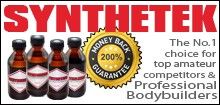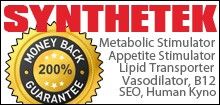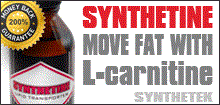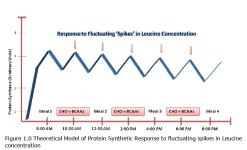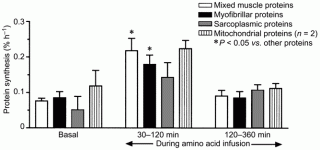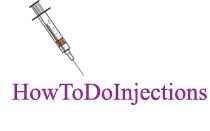- Joined
- Jul 25, 2008
- Messages
- 1,700
Once again I'm really enjoying your post. 
What you didn't think I wasn't going to spot check your references by pulling them and reading them?
This Tipton study * is a good one but doesn't support what you claim...i.e. the superiority of ingesting post-exercise.
In fact the conclusion is just the opposite... that ingestion needs to occur BEFORE and during as well.
QUOTES:
From the INTRO
ABSTRACT CONCLUSION
FULL TEXT CONCLUSION
BigTex; said:However,, there is still considerable evidence to support recommendations that athletes should ingest CHO and PRO following exercise in order to optimize glycogen resynthesis, promote an anabolic hormonal environment, and increase PRO synthesis [1-5]. Further, CHO and PRO ingestion following exercise significantly influences glucose and insulin responses without significantly altering markers of anabolism, catabolism or immunity during the first two hours of recovery [1-5]. Granted all of these studies were done without the aid synthetic HGH, peptides or AAS.
...
* 3. Tipton KD, Rasmussen BB, Miller SL, Wolf SE, Owens-Stovall SK, Petrini BE, Wolfe RR, Timing of amino acid-carbohydrate ingestion alters anabolic response of muscle to resistance exercise, Am J Physiol Endocrinol Metab 2001, 281(2):E197-206.
What you didn't think I wasn't going to spot check your references by pulling them and reading them?
This Tipton study * is a good one but doesn't support what you claim...i.e. the superiority of ingesting post-exercise.
In fact the conclusion is just the opposite... that ingestion needs to occur BEFORE and during as well.
QUOTES:
From the INTRO
During an exercise bout, there may be a net loss of muscle protein, because protein synthesis is either decreased (8) or unchanged (9), whereas protein breakdown is generally considered to be elevated (22). Although muscle protein synthesis is increased after exercise, it appears that this response is not stimulated until some time after the exercise bout (17). Hyperaminoacidemia from ingestion of amino acids during the exercise bout, as opposed to after exercise, may counter the net loss of muscle protein, thereby creating a more favorable situation for muscle growth. The purpose of the present study was to determine whether ingesting a combination of amino acid and carbohydrate before exercise is more effective in stimulating net muscle protein synthesis than ingesting the mixture after exercise.
ABSTRACT CONCLUSION
These results indicate that the response of net muscle protein synthesis to consumption of an EAC solution immediately before resistance exercise is greater than that when the solution is consumed after exercise, primarily because of an increase in muscle protein synthesis as a result of increased delivery of amino acids to the leg.
FULL TEXT CONCLUSION
The stimulation of net muscle protein synthesis when EAC is consumed before exercise is superior to that when EAC is consumed after exercise. The combination of increased amino acid levels at a time when blood flow is increased appears to offer the maximum stimulation of muscle protein synthesis by increasing amino acid delivery to the muscle and thus amino acid availability.

